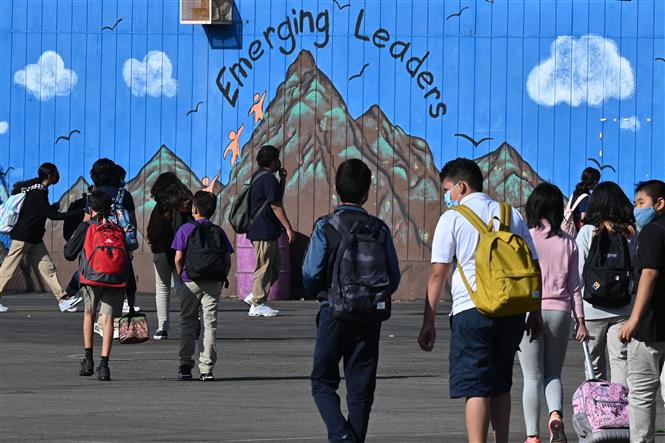The “Students Not Going to School” Crisis in the US

According to the New York Times on March 30th, a worrying phenomenon has been spreading in the US education system: students not going to school.
This is not surprising given that schools closed in the spring of 2020 when the COVID-19 pandemic began to spread, and some schools did not fully reopen until the fall of 2021.
Although COVID-19 testing is still prevalent, it was expected to take some time to readjust the habit of going to school before the pandemic.
However, surprisingly little has changed since the pandemic was brought under control. Before the pandemic, about 15% of US students were absent from class regularly, meaning they missed an average of 18 school days a year for various reasons. By the 2021-2022 school year, that number had risen sharply to 28%. In the past school year, the number of students not attending school reached 26%.
In interviews, many educators have said that this problem continues into the current school year.
According to school leaders, counselors, researchers, and parents, there are many reasons for this drop in attendance: illness, physical and mental health issues, transportation issues. But behind all of this is a fundamental change in the value that families place on schools and the culture of education during the pandemic.
To some extent, this is a problem that society as a whole has had to face since the pandemic. Anyone who works in a flexible remote work office will be familiar with the feeling that you are there, but your colleagues are not. The question is, what is the problem?
Something similar may be happening in schools.
Although schools are still open, in-person classes and other extracurricular activities have returned to full swing, the pre-pandemic stability seems to have changed.
Another issue is that teachers are also less present in the classroom, often due to exhaustion or difficulties since the pandemic, many of them have to stay at home when they are sick.
Moreover, some schools still maintain their pandemic-era policies for online learning, creating the perception that in-person classroom learning is not necessary.
The high rate of student absenteeism helps explain why US students, in general, cannot make up for the knowledge gaps caused by the pandemic. Students who fall behind academically may not want to go to school, but their absences also contribute to their lack of knowledge.
This crisis of students not attending school is a significant challenge that needs to be addressed urgently. It requires a collaborative effort from educators, parents, and policymakers to implement strategies that will improve student attendance and ensure that they have the opportunity to succeed academically.
For more information on finance and economics, visit Business Today.
